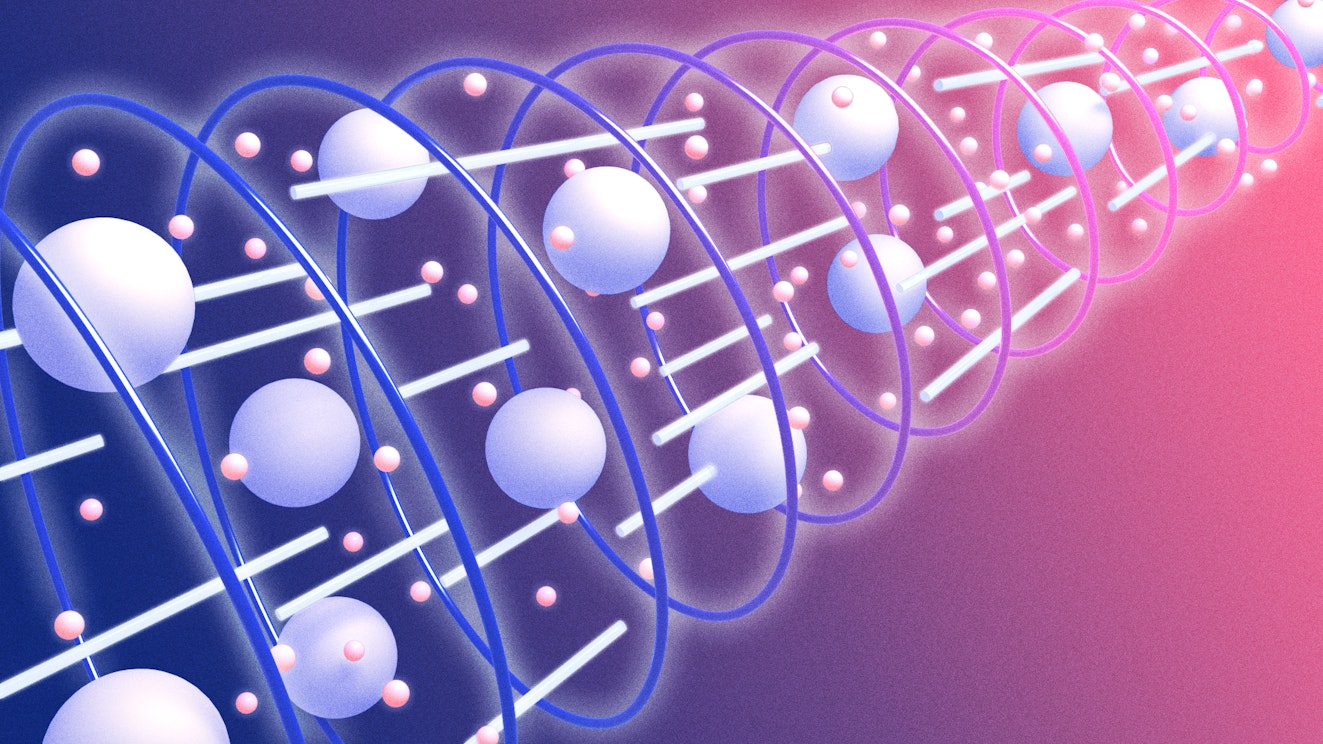A customer success journey map shows the journey that your customers should take to achieve the most success with your products. It’s a fantastic tool to align your company around your customers’ needs and to help you understand what you need to do to optimize that journey for your customers.
Many companies map out the buyers’ journey, focusing on customer acquisition rather than retention. But a customer success journey map can improve conversions, provide a better customer experience, and boost retention, which is so important for recurring-revenue businesses.
With that in mind, we’re going to show you the six steps to developing a customer success journey map and explain why it’s so important for your business.
What is a customer success journey map?
A customer success journey map is a visual that lays out all the steps a customer will go through to achieve success with your product. It should be a visual representation of all the interactions, touchpoints, and success milestones the customer has with your company and product, from point of purchase through renewal.
You can create a customer success journey map by identifying the key milestones in a customer’s relationship with you.
This will help you define and visualize the journey that your customers should take to achieve the most success with your product, as well as things you can do to optimize that journey and empower your customers to be more successful.
The benefits of mapping your customer success journey
There are three main benefits of mapping your customer success journey:
1. Develop a better understanding of your customers
A customer success journey map lays out all the steps your customers take to achieve their goals with your product. It focuses on the customers’ experiences and priorities, step-by-step, instead of looking at the customer journey from your company’s perspective.
At each step of the customer journey, you’ll be looking to understand and answer: What are our customers trying to achieve with our product?
2. Improve your customer retention rate
A customer success journey map visualizes the customer’s whole journey with your product. When you have a complete view of that journey, it's easier to pick out areas where you can make improvements.
It helps you understand the path customers should take to achieve most success with your product, which means you can more easily identify when customers aren’t being successful and may be at risk of churning.
If you spot them early, you can offer them more support and hopefully retain a percentage of customers who might have churned without that additional support from your team.
3. Develop (or maintain) a customer-centric mindset in your company
As your company grows, it can be difficult to keep that customer-centric mindset you started with. Lead targets, sales forecasts, and revenue milestones can all shift your focus away from what really makes or breaks a company: your customers.
Mapping out the customer journey will highlight touchpoints with lots of different teams within your company, from sales through support. It can be shared with each team who can work to improve the different stages of the customer journey and keep the goals of your customers top-of-mind.
How to develop a customer success journey map
When you’re mapping out your customer success journey, the most important thing to remember is that you’re mapping your customer's journey to success, so you need to look at the milestones, goals, and steps from your customer's perspective.
We’ve put together a six-step process to help you develop a customer success journey map and optimize it over time.
Step 1: Know what success looks like for your customers
Customer success is a defined strategy for helping your customers be successful when using your product, which is why this first step is so important: It lays the foundation for the entire customer success journey.
When you understand what a customer is looking to achieve when using your product, you can map out a journey that helps them achieve those goals as quickly as possible.
Step 2: Identify the different stages of the customer success journey
There are several stages to the customer journey. Identifying them will help you understand the overall shape of your customer success journey map and how each stage aligns with your customers’ goals:
Purchase: The customer signs up for your product.
Onboarding: This is where the customer starts using your product. Your onboarding process guides them through setup and their first couple of uses of your product to help them get started.
Adoption: After onboarding, this is a critical stage of the customer lifecycle. Your customer needs to keep using your product to get value from it and achieve their goals. If they use it once and never again, they’re not being successful using your product.
Retention: At this stage, the customer decides whether they want to continue using your product (renewal), or stop using it (churn). Your customer success journey map will lay out the journey that customers should take to achieve the most success with your product and renew at the end of their contract.
Expansion: Has your customer outgrown their existing plan? Do you have related products that would provide even more value to them and help them be even more successful? Expansion is an important stage of the customer success lifecycle, and while you shouldn’t push upsell and cross-sell opportunities on every single customer, you should look out for customers who are a good fit for expanding their accounts.
Advocacy: If your customer has been successful using your product and achieved all their goals, they may become advocates for your product, recommending it to others in their network, sharing case studies, or leaving reviews on sites like G2 or Capterra.
Step 3: Map out touchpoints at each stage of the customer success journey
Customer touchpoints are specific places in the customer journey where prospects and customers interact with your company. Below are some of the most common examples of touchpoints where customers interact with your company and product:
Company website — home page, landing pages, pricing page, login page
Social media
Sales calls
Product demos
Product trials
Product onboarding process
Emails — marketing or product-focused
Product knowledge base
Customer support
Renewal process
Cancellation flow
I’ve simplified this list to give an overview and get you thinking, but when mapping out your own customer touchpoints, remember to be as exhaustive as possible.
For example, if you’re a self-service SaaS (where someone can sign up without speaking to a sales person), then on your website the customer might visit your pricing page, the sign-up page, a thank-you page, and the login page during the purchase stage of the customer lifecycle.
Once you have a long list of customer touchpoints, you can map them to the different stages of the customer success lifecycle, which is the starting point for your customer success journey map:
| Purchase | Onboarding | Adoption | Retention | Expansion | Advocacy |
|---|---|---|---|---|---|
Website | Login page | Product knowledge base | Renewal process | Pricing page | Social media |
Product demo | Product onboarding process | Customer support | Product knowledge base | Customer support | Customer support |
Product trial | Product knowledge base | Emails | Customer support | Emails | Emails |
Sales calls | Customer support | Cancellation flow |
Step 4: Highlight important customer milestones
By now, you should have a good overview of the journey your customer goes through and the different touchpoints they encounter at each stage. The next step is to match up those touchpoints with your customers’ goals.
What does your customer want to achieve at this stage of their customer journey? What are the key milestones they must hit in order to achieve those goals?
Lincoln Murphy defines success milestones as “functional milestones within the product, but they won’t just be activity for activity’s sake. They will be the result of meaningful activity and will be tied to other inputs to ensure we know that the customer is actually achieving their desired outcome.”
For example, for a collaborative project management tool, inviting colleagues might be an example of a success milestone. Inviting colleagues to use the tool with them will mean your customer gets much more value from your product and is better able to achieve their desired outcome.
Step 5: Determine what success looks like at each customer milestone
Using the example above, inviting colleagues into your project management tool is an important milestone for your customer, but what does success look like at that milestone? For them to be successful at that step, their colleagues need to accept their invitation and log in to the tool.
Determine what success looks like for your customer at each of the milestones you’ve identified, and add that into your customer success journey map.
Step 6: Look for opportunities to optimize and improve your customer journey
The five steps above should help you define the journey that your customers need to take to achieve the most success with your product. But this final step focuses on looking for ways to optimize that journey and make your customers more successful.
You’ve identified the key milestones your customers need to hit in order to be successful with your product at each stage of their customer journey. Equally, you should identify signs that your customer isn’t being successful with your product at each milestone.
You might want to build these into your customer success journey map as red flags your customer success team should look out for. These will indicate that your customer isn’t getting the most value from using your product and is not achieving their goals with it.
Additionally, your customer success team should always be on the lookout for opportunities to optimize the steps customers take to hit each milestone to help them be successful more quickly.
A couple of ways you can do this includes analyzing support tickets to identify areas of friction for your customers and looking at activity in your knowledge base: If a couple of articles get significantly more traffic than the rest, that suggests it’s a feature or task that your customers are struggling with.
Map out your customer success journey
Mapping out the customer journey is an important step in establishing your customer success strategy. Use the six steps we shared in this article to create your company’s customer success journey map.
And remember: While steps one through five are essential for actually creating a customer journey map, step six is where you can take your customer success to the next level.
The most important thing to remember when mapping out the customer success journey is to look at each step from your customers’ perspective, and keep their goals and priorities in mind.
Identifying opportunities to optimize and improve the customer journey is where you can really begin to deliver more value to your customers, help them achieve their goals with your product, and retain them long term.










